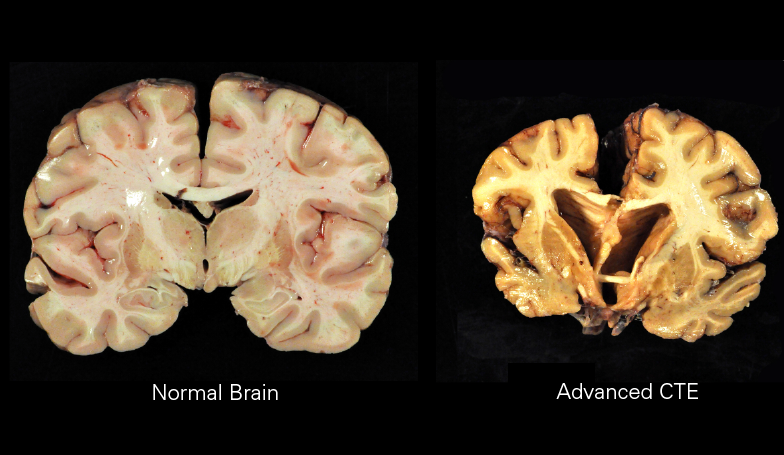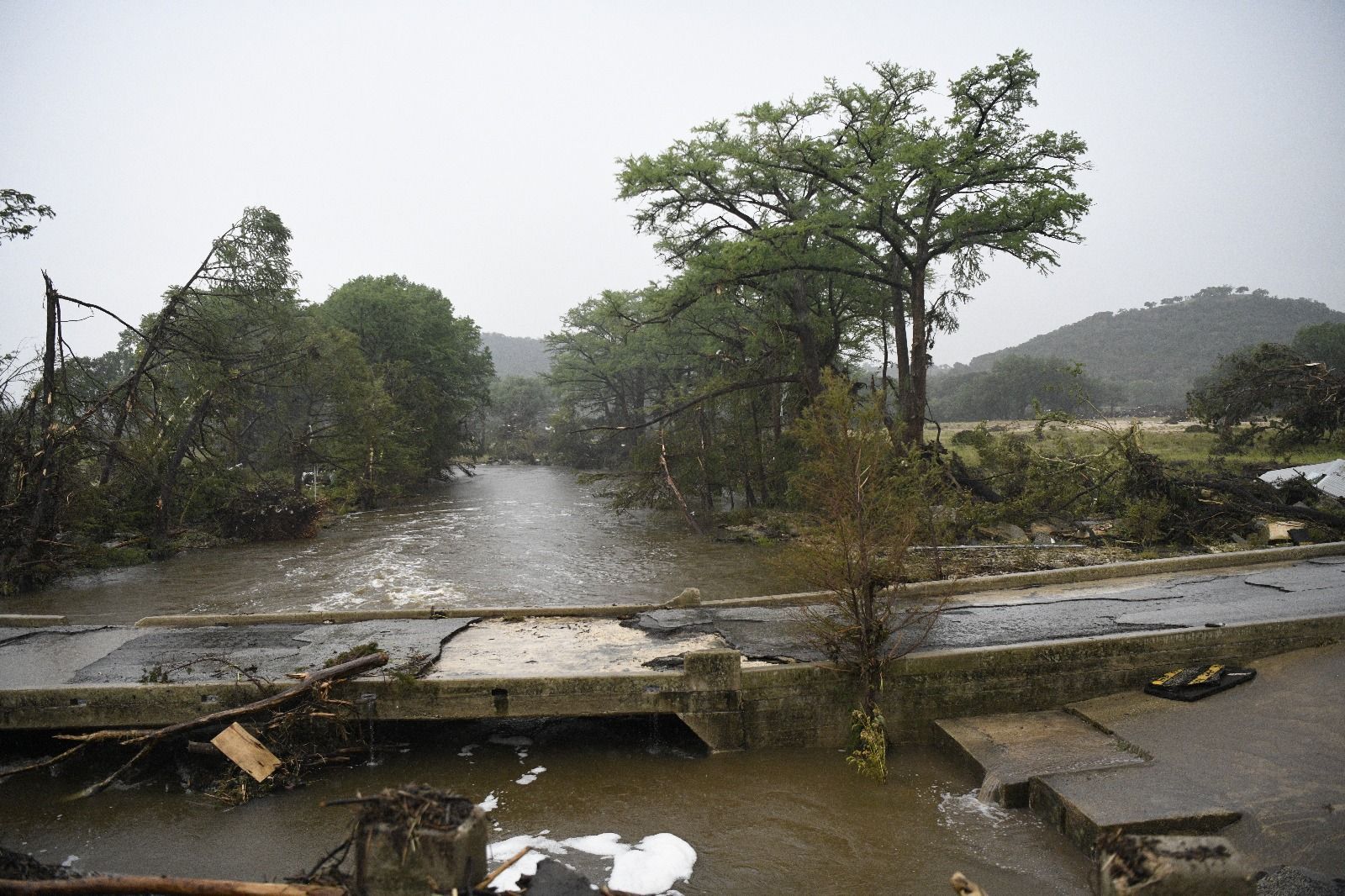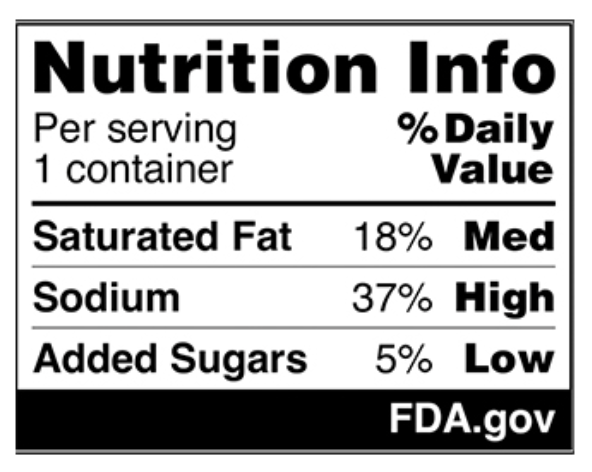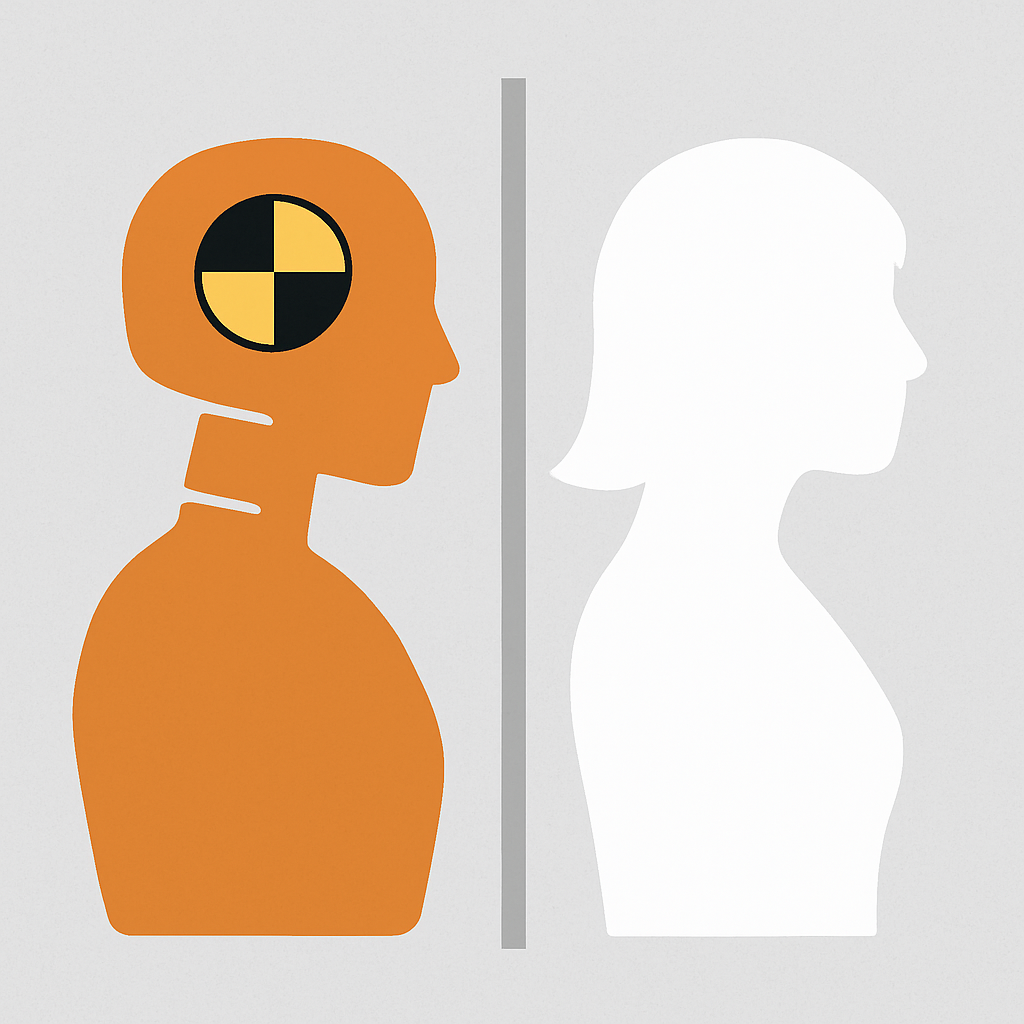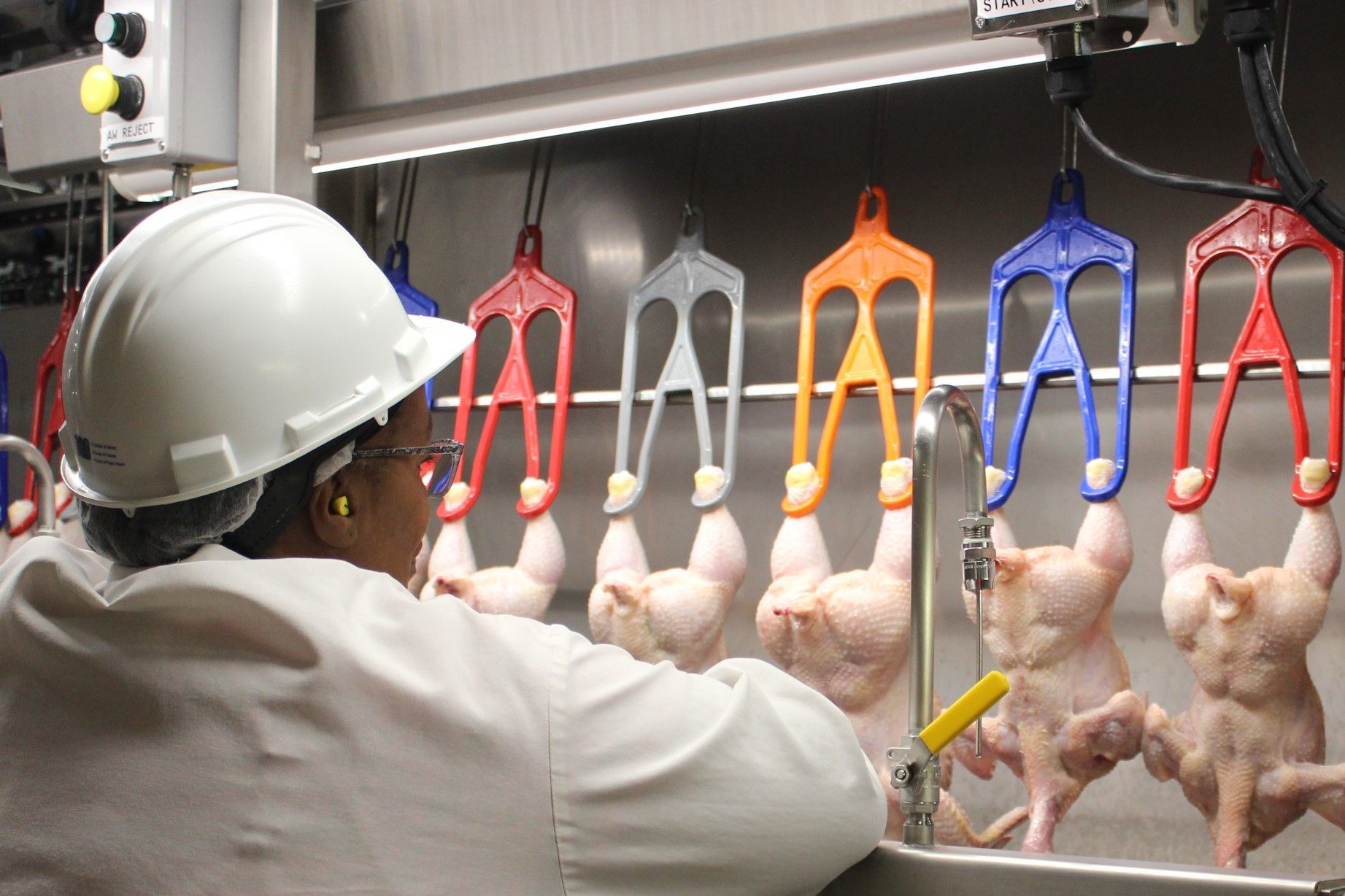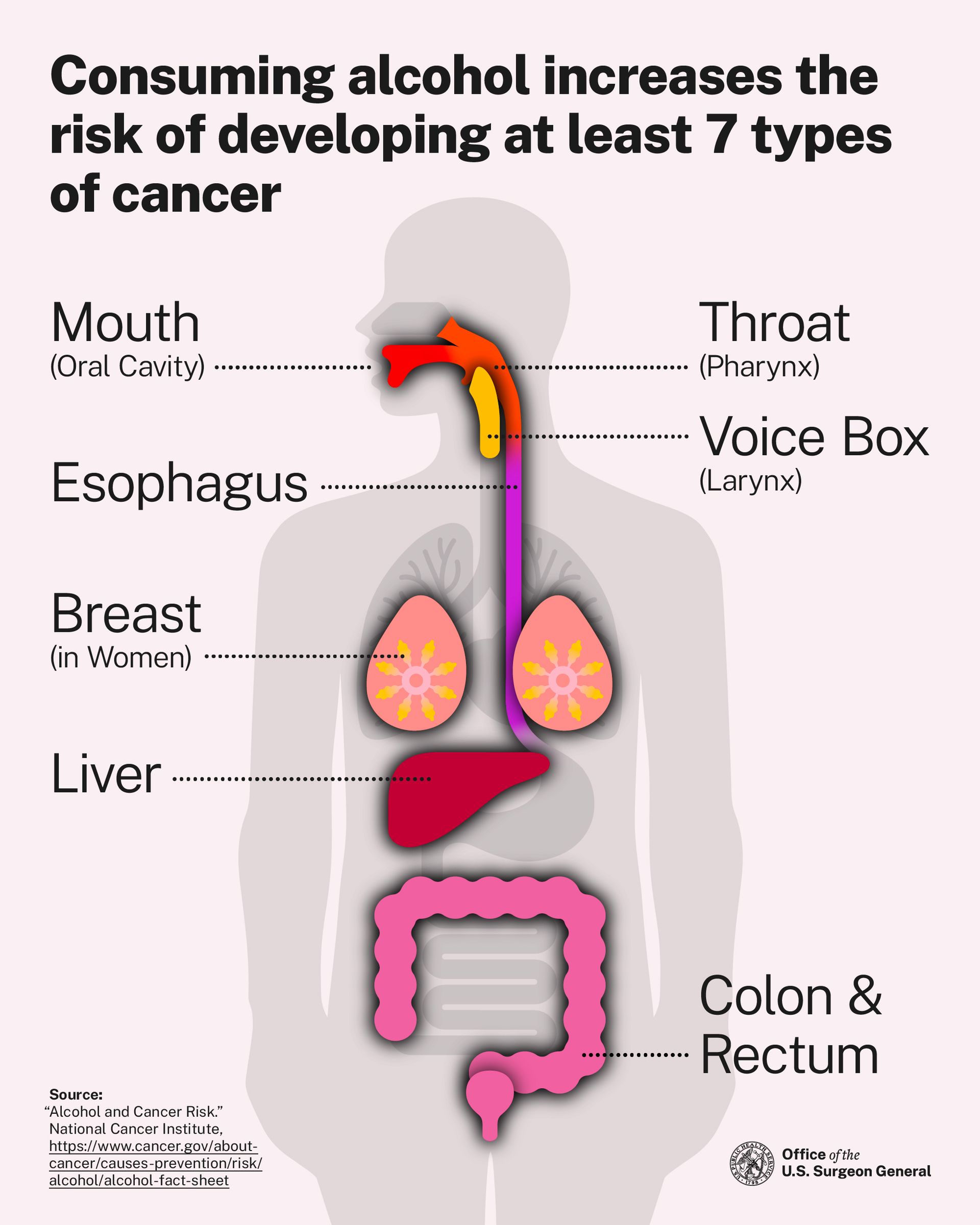CHAOS AT THE CDC: A THREAT TO AMERICA’S HEALTHCARE SYSTEM
The Centers for Disease Control and Prevention (CDC) has long been viewed as the nation’s front-line defense against disease outbreaks, health emergencies, and public health threats. But today, the agency faces internal turmoil, political interference, and organizational confusion that experts warn could have dangerous consequences for the U.S. healthcare system—and for ordinary Americans.

CDC's Roybal campus in Atlanta, Georgia
Source: Wikipedia
The CDC’s Critical Role
The CDC is responsible for detecting and responding to health threats ranging from seasonal flu and foodborne illnesses to emerging pandemics and bioterrorism. Its scientists and epidemiologists collect vital data, provide guidance to hospitals and physicians, and coordinate responses with state and local health departments. In short, when a public health crisis hits, the CDC is the nerve center.
If this system falters, the ripple effects can be deadly. Hospitals could be left without timely guidance, state health departments might face gaps in testing or surveillance, and frontline doctors may lack clear protocols for patient care. The chaos now engulfing the agency makes this scenario increasingly likely.
Trump Fires CDC Commissioner Monarez
The crisis reached new heights recently when President Trump abruptly fired CDC Commissioner Susan Monarez after she openly challenged Secretary Robert F. Kennedy Jr. over his controversial anti-vaccine positions. Monarez, a respected scientist and public health leader, had pushed back against efforts to weaken vaccine promotion and safety programs. Her removal stunned the public health community.
Within hours of her firing, several of Monarez’s top deputies resigned in protest. Their walkout leaves the agency’s leadership gutted at a critical moment, depriving the nation of decades of experience in epidemiology, vaccine safety, and emergency preparedness. Instead of a stable, science-based command, the CDC is now drifting, vulnerable to political interference and without trusted leaders to guide it through the coming fall and winter virus season.
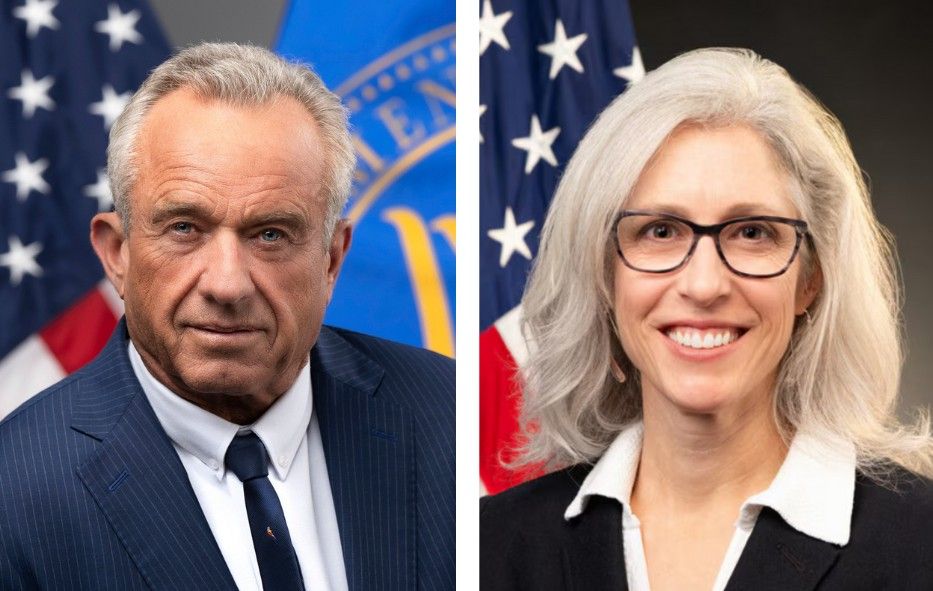
CDC in Crisis: Commissioner Susan Monarez ousted after challenging Secretary Robert F. Kennedy Jr. on vaccine safety—leaving the nation’s top public health agency leaderless at a critical moment.
A Vaccine Advisory Committee Missing in Action
Equally alarming is the absence of the CDC’s vaccine advisory committee, which was expected to provide updated recommendations on COVID-19 boosters and flu vaccines. Without that expert guidance, hospitals, state health departments, and providers lack the information they need to plan and prepare. At the very moment when trust in vaccines is already fragile, the absence of this committee’s voice further deepens public uncertainty. The turmoil is already trickling down to patients. CVS and Walgreens, the nation’s largest pharmacy chains, have announced that they will now require a doctor’s prescription for COVID-19 vaccines in about one-third of the states. Public health experts warn this policy may soon spread nationwide.
This change adds a significant hurdle for millions of Americans, especially those without regular access to healthcare providers. Pharmacies have been central to vaccine distribution because of their accessibility and convenience. Forcing patients to take extra steps will inevitably reduce vaccination rates. Fewer vaccinations mean more infections, more hospitalizations, and ultimately, more preventable deaths. The combination of missing CDC guidance and added barriers at pharmacies risks undoing years of progress in making vaccines routine and widely available.
Internal Disarray and Broken Trust
Even before Monarez’s firing, the CDC was already in disarray. Budget uncertainty and leadership turnover had left critical programs stalled. Veteran scientists were leaving in significant numbers, taking with them decades of expertise.
Compounding the problem, the agency has struggled to communicate consistently. Mixed messages during past health emergencies left hospitals, schools, and the public uncertain about how to act. Without trusted leadership, these communication failures are likely to worsen, eroding public confidence just when it is most needed.
What's at Stake
The CDC is more than just a federal agency; it is the backbone of America’s health security. Its surveillance, research, and guidance underpin the functioning of hospitals, health departments, and clinics nationwide. If political interference continues to strip away its leadership, weaken its vaccine programs, and reduce public trust, the consequences will be dire.
The bottom line is stark: firing Commissioner Susan Monarez for defending science doesn’t just destabilize the CDC—it places lives at risk. Unless steps are taken to restore independent leadership, rebuild trust, and ensure that vaccines remain accessible, the chaos at the CDC could cost thousands of American lives.


